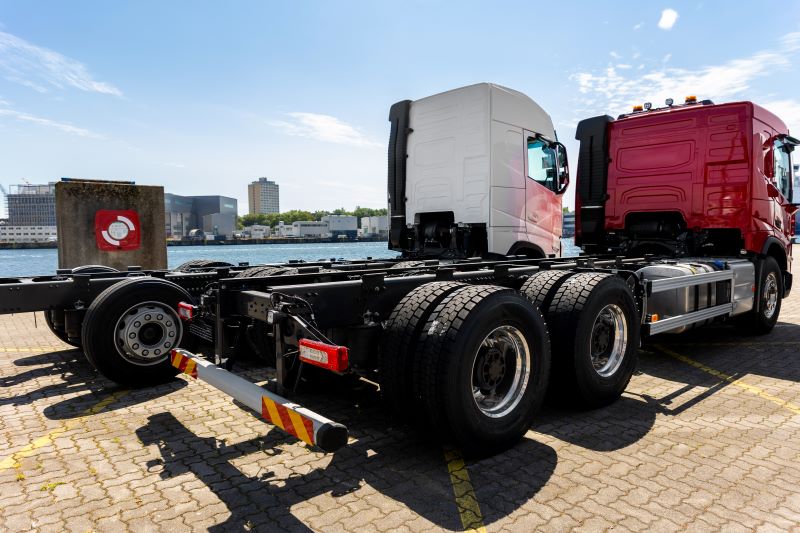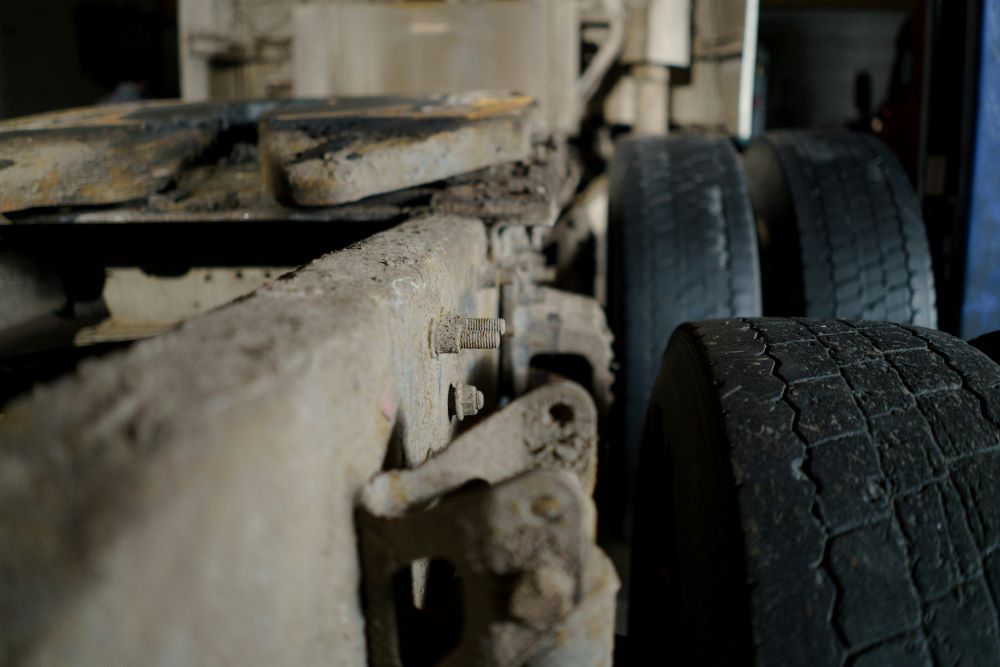I agree to the Terms & Conditions


General
General Products
Simple & Transparent! Policies that match all your insurance needs.


37K+ Reviews
7K+ Reviews
Scan to download
Life
Life Products
Digit Life is here! To help you save & secure your loved ones' future in the most simplified way.


37K+ Reviews
7K+ Reviews
Scan to download
Claims
Claims
We'll be there! Whenever and however you'll need us.


37K+ Reviews
7K+ Reviews
Scan to download
Resources
Resources
All the more reasons to feel the Digit simplicity in your life!
 Tools & Calculators
Tools & Calculators


37K+ Reviews
7K+ Reviews
Scan to download
37K+ Reviews
7K+ Reviews
 Logout
Logout
Our WhatsApp number cannot be used for calls. This is a chat only number.


2000+ Cashless
Network Garages
96% Claim
Settlement (FY23-24)
24*7 Claims
Support
I agree to the Terms & Conditions

Terms and conditions

A truck chassis, often called the "backbone" of a truck, plays a pivotal role in transportation. They are the structural framework upon which the entire truck is built, serving as the foundation for various types of trucks designed for different purposes.
In this article, we will learn more about truck chassis, shedding light on what they are, their essential functions, and the different types of truck chassis available.
A truck chassis, often simply called a chassis, is the main structural framework of a truck. It forms the base upon which all other components, such as the engine, transmission, suspension, and body, are mounted. Think of it as the skeleton of the truck, providing structural integrity, support, and stability.
Carbon steel is often used to make the chassis; however, aluminium alloys are increasingly used due to their lightweight properties. The main rails, pin/twist locks, and suspension framework of a container chassis are essential for its operation.
The chassis of a truck serves several critical functions that are essential for its performance and functionality:

There are different types of truck chassis designed for specific needs, and let's look at the seven most common ones:
Truck chassis are an important asset of the transportation industry, providing the structural foundation for various types of trucks and commercial vehicles. Understanding the different types of truck chassis and their respective advantages is crucial for businesses and individuals looking to invest in the right vehicle for their specific needs.
Steel has always been the material of choice for making truck chassis in various forms. The steel and machinery needed to work with it are simple to obtain.
Steel has always been the material of choice for making truck chassis in various forms. The steel and machinery needed to work with it are simple to obtain.
Truck chassis are typically carbon steel, but more trucks are using aluminum alloys now because they are lighter.
Truck chassis are typically carbon steel, but more trucks are using aluminum alloys now because they are lighter.
Yes, truck chassis can undergo modification to serve particular needs. For instance, adjustments like extending or reducing the chassis can be done to match the carried loads.
Yes, truck chassis can undergo modification to serve particular needs. For instance, adjustments like extending or reducing the chassis can be done to match the carried loads.
Please try one more time!
Other Important Articles About Truck
Other Important Articles about Commercial Vehicle Insurance
Have queries related to Digit motor insurance policy? You can refer to our Policy Wordings for detailed information or reach out to our support team via WhatsApp self-support, email or phone using the information below:
Connect with our self-serve chat bot support - 7026061234
Write to us at hello@godigit.com
Contact
Call us on 1800-258-5956
Other Motor Insurance Plans and Guides
Currently there are no news to show.
Read More
Renew & Download Policy Document, Check Challan, Credit Score, PUC & more
Anytime, Anywhere. Only on Digit App!

4.7
Rated App56K+ Reviews
4.7
Rated App
56K+ Reviews
4.3
Rated App11K+ Reviews
4.3
Rated App
11K+ Reviews
Scan to Download


Author: Team Digit
Last updated: 07-04-2025
CIN: L66010PN2016PLC167410, IRDAI Reg. No. 158.
Go Digit General Insurance Limited | Corporate Office Address: Atlantis, 95, 4th B Cross Road, Koramangala Industrial Layout, 5th Block, Bengaluru 560095 | Registered Office Address: 1 to 6 floors, Ananta One (AR One), Pride Hotel Lane, Narveer Tanaji Wadi, Shivaji Nagar, Pune-411005, Maharashtra | Trade logo of Go Digit General Insurance Ltd. displayed above belongs to Go Digit lnfoworks Services Private Limited and is provided and used by Go Digit General Insurance Ltd. under license.
Explore exclusive features, file claims & access policy on Digit App!
You can also scan this QR code to download the App.
